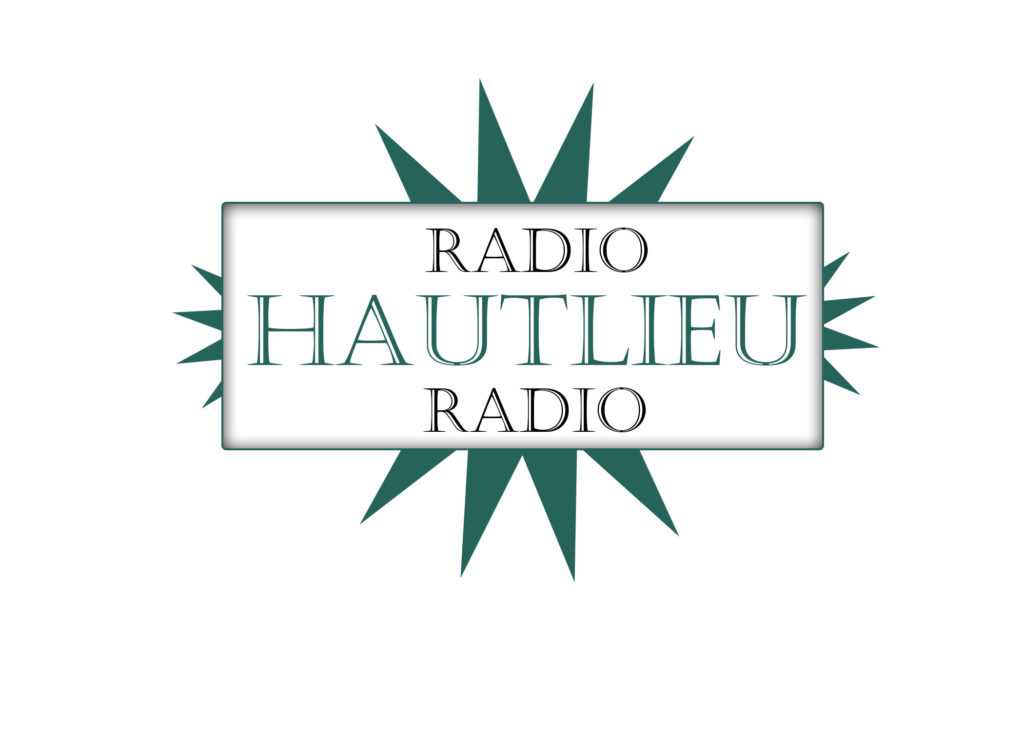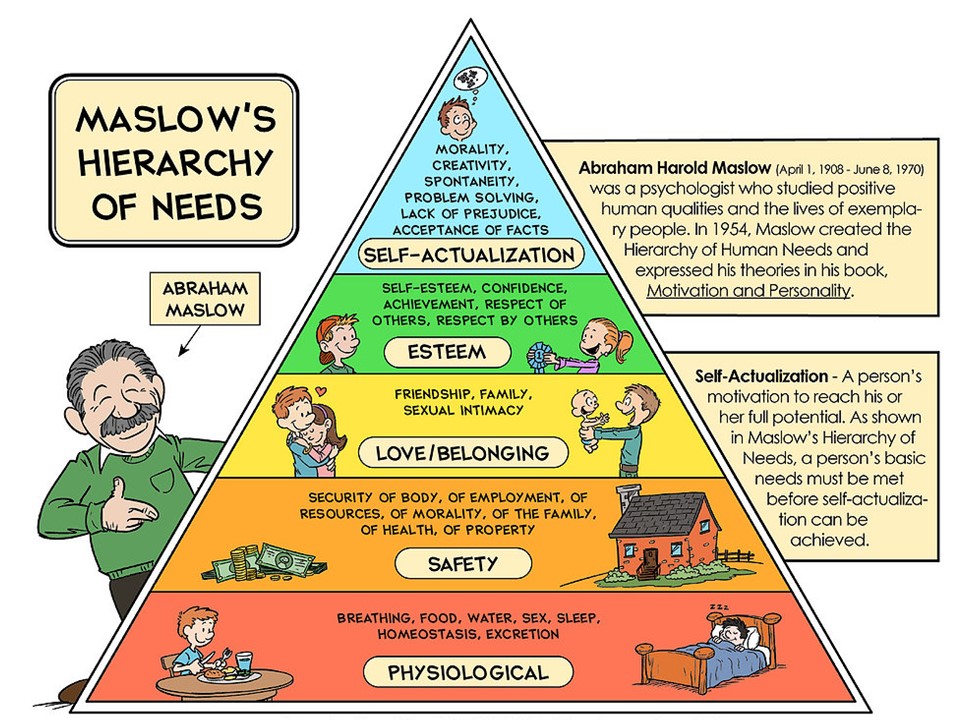TEEN VOGUE
- publisher – CONDE NAST
- issue – JANUARY 2003 – DECEMBER 2017 (went online)
- PSB – political and social stories and technology (wide audience)
- physical – online
- 14-17 y/o girls (primary)
- parents (secondary)
- constructing young female identity
- radical counter types
- niche but is inclusive (wide audience) HALL
- https://www.teenvogue.com/story/un-climate-change-conferences-fossil-fuel-industry – jack rodriquez-vas – february 22, 2021
- https://www.teenvogue.com/story/no-planet-b-climate-change-book-launch#intcid=_mab-simulations-oo-bottom-recirc-2_bbe78511-9506-4f9c-9992-05d068f8a78d_text2vec1 – climate change guide ‘no planet B’ – February 9, 2021 – teen vogue staff
- conversation – quotes from real people – proof that the book “this isn’t your grandparent’s environmental movement” (co founder red nation nick Estes)
- active
- stream
TOMB RAIDER
- RADICAL – female protagonist
- challenges dominant ideologies
- main image – NVC because she is in a strong pose which makes her look confident. There are also images on the back of her abseiling and shooting monsters
- female empowerment
- sexualised to appeal to stereotypical audience (straight males) but not the wider audience (REACTIONARY)
- makes audience insecure
- theory of preferred reading HALL
THE VOICE WEBSITE
SIMS FREEPLAY
METROID: PRIME 2 ECHOES






